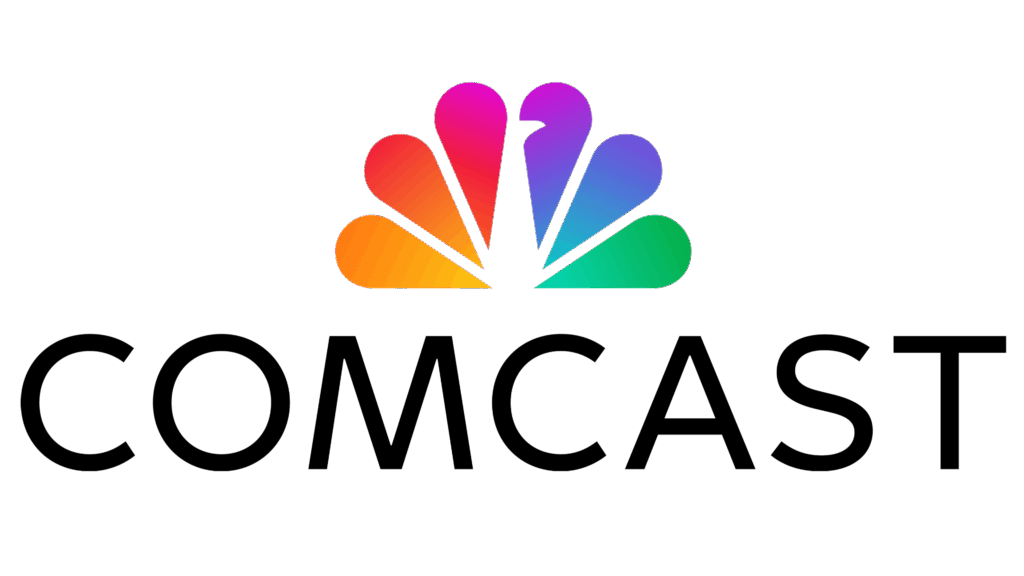
Internet All-Stars
In the increasingly competitive world of telecommunications, providers are laser focused on how to attract and retain customers. The customer experience is at the heart of everything a successful operator does—from tech upgrades to billing changes to frontline service. For the second year in a row, Cablefax is pleased to present the CTAM and HarrisX Internet Service Satisfaction Survey, which measures the state of the customer experience across connectivity providers.
From January to December 2024 CTAM and HarrisX asked a nationwide sample of 77,706 households how satisfied they were with their home internet service from their provider. The top three providers among the 10 MSOs large enough to be included in the survey are the same as 2023, with Armstrong taking the top spot with a 76% overall satisfaction rating. Comcast jumped from third place to second, edging out 2023 runner-up Blue Ridge with a score of 71% compared to 69%. Here’s a look at what sets these operators apart from the pack.
Comcast – Second Place
What’s new?
Like Armstrong, Comcast has increased speeds over the past year. Xfinity Internet tiers and NOW Internet were given 50% to 100% faster upload speeds, with increased download speeds across most internet tiers. It also introduced ultra-low lag internet, which uses low latency technology designed to enhance connectivity for latency-sensitive applications such as gaming, videoconferencing and virtual reality.
Differentiators:
In April, Comcast heeded the call for simpler and more transparent pricing and launched a five-year price guarantee and a simplified pricing structure that includes both unlimited data and the Xfinity WiFi Gateway. Gone are contracts and early termination fees, with Comcast internet plans now the same across the country. Plus, every plan includes an unlimited line of Xfinity Mobile “On Us” for one year.
What’s on tap?
Comcast is launching its most powerful device yet, the XB10 gateway. It’s just started rolling out the device, which supports WiFi 7 and DOCSIS 4.0, delivering multi-gigabit symmetrical speeds over WiFi. That makes it perfect for high-bandwidth activities, like streaming 4K videos and online gaming. The XB10 also includes AI technology to assist with providing a consistent experience.